- Joined
- Apr 29, 2016
- Messages
- 17
Attached is a schematic I was given by a friend to lathe up for him.
What I need is essentially a cone on top of a cylinder, but cutting a 30(deg) angle deep inside the part without a cnc lathe is.... challenging (I think).
I'm familiar with the design and have made things similar before (it's a rocket, yes) but he has some interesting angles/dimensions compared to my designs which usually allow me enough room to enter the nozzle-side with a boring bar and get the angle that way.
I've considered maybe a drill bit or something of that kin may exist, but no luck in my searches.
I also thought about a custom-ground form tool, but it's too large for pretty much any tool holder I could access.
I have no experience with a mill, but I do have access to one and someone who can help me.
Because of my lack of knowledge, there may be a solution there I do not see.
Note: The schematic is a cross-section, and I know it's a mess! I combined multiple views of it to compress it for the forum
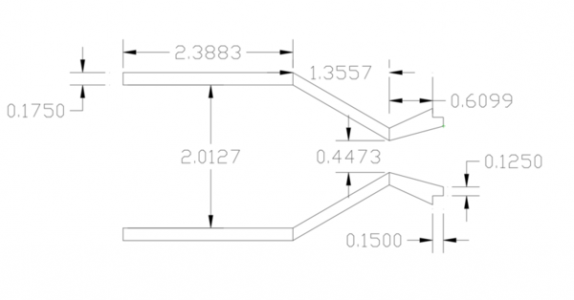
Help?
Zach
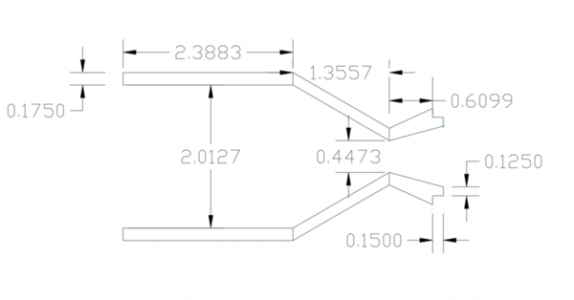
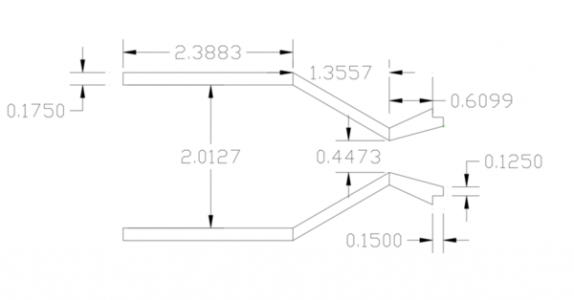
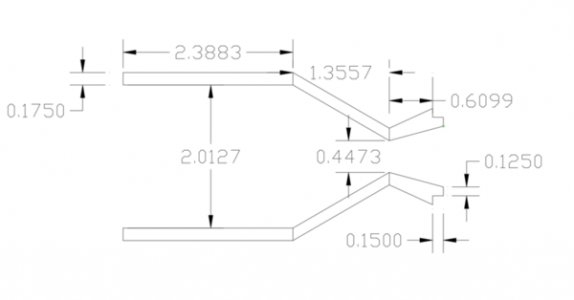
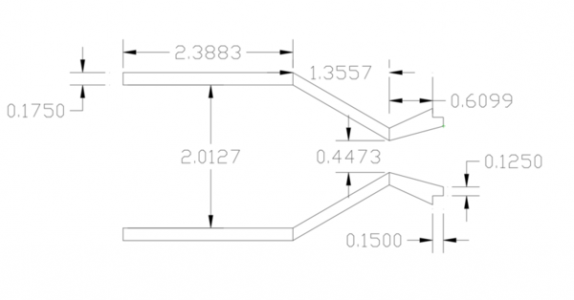
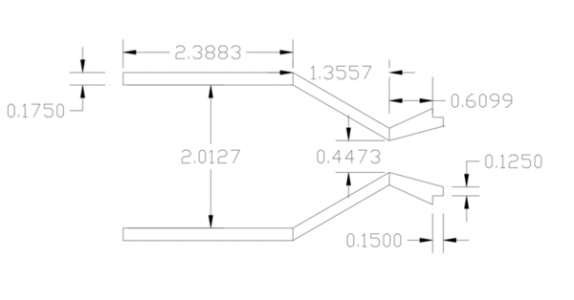
What I need is essentially a cone on top of a cylinder, but cutting a 30(deg) angle deep inside the part without a cnc lathe is.... challenging (I think).
I'm familiar with the design and have made things similar before (it's a rocket, yes) but he has some interesting angles/dimensions compared to my designs which usually allow me enough room to enter the nozzle-side with a boring bar and get the angle that way.
I've considered maybe a drill bit or something of that kin may exist, but no luck in my searches.
I also thought about a custom-ground form tool, but it's too large for pretty much any tool holder I could access.
I have no experience with a mill, but I do have access to one and someone who can help me.
Because of my lack of knowledge, there may be a solution there I do not see.
Note: The schematic is a cross-section, and I know it's a mess! I combined multiple views of it to compress it for the forum

Help?
Zach







 Steve Shannon
Steve Shannon